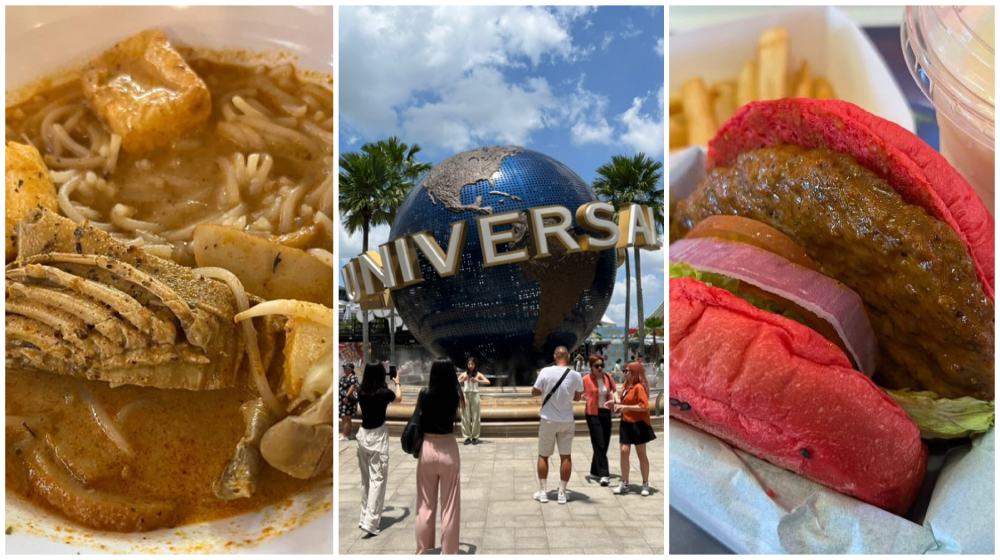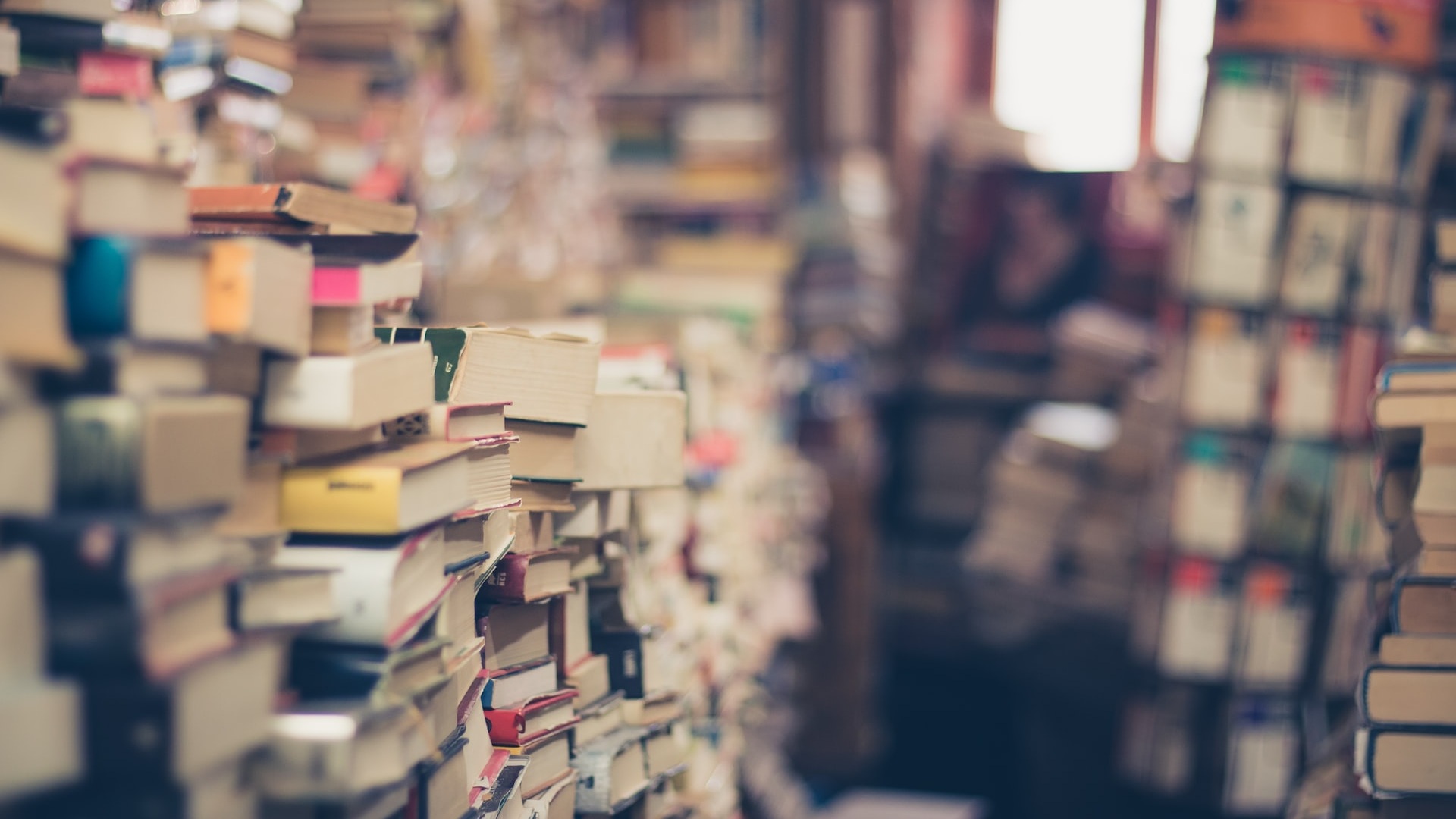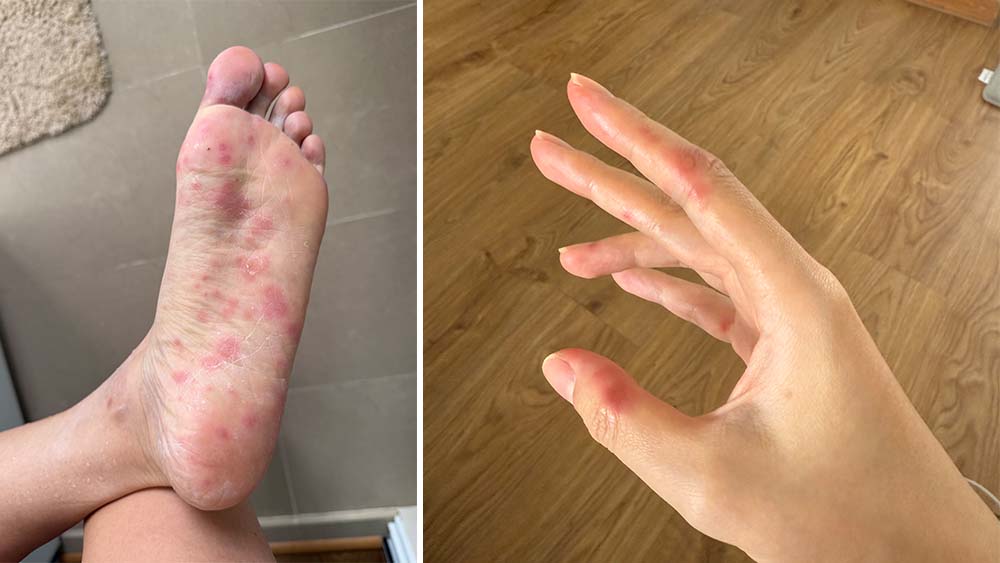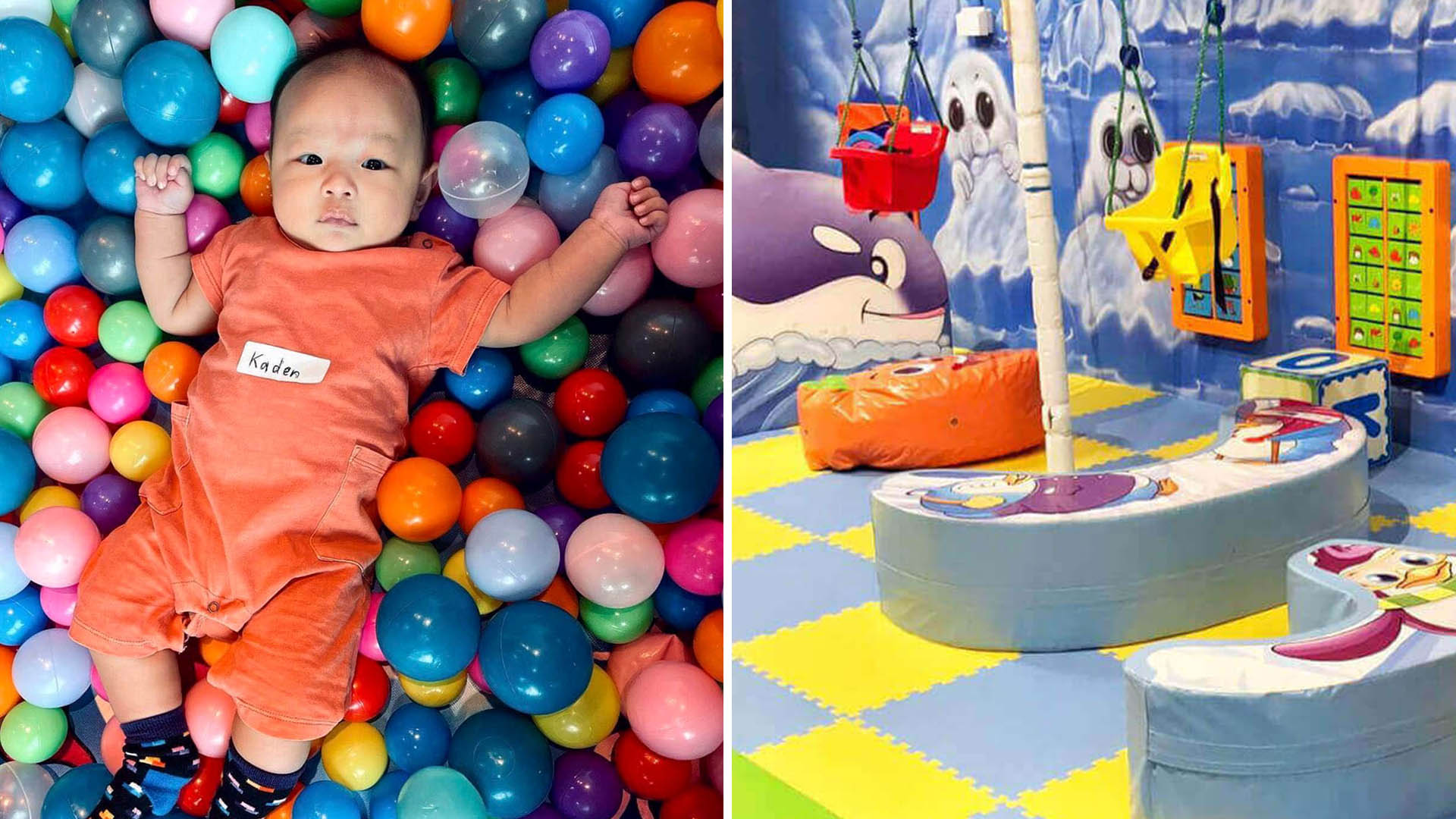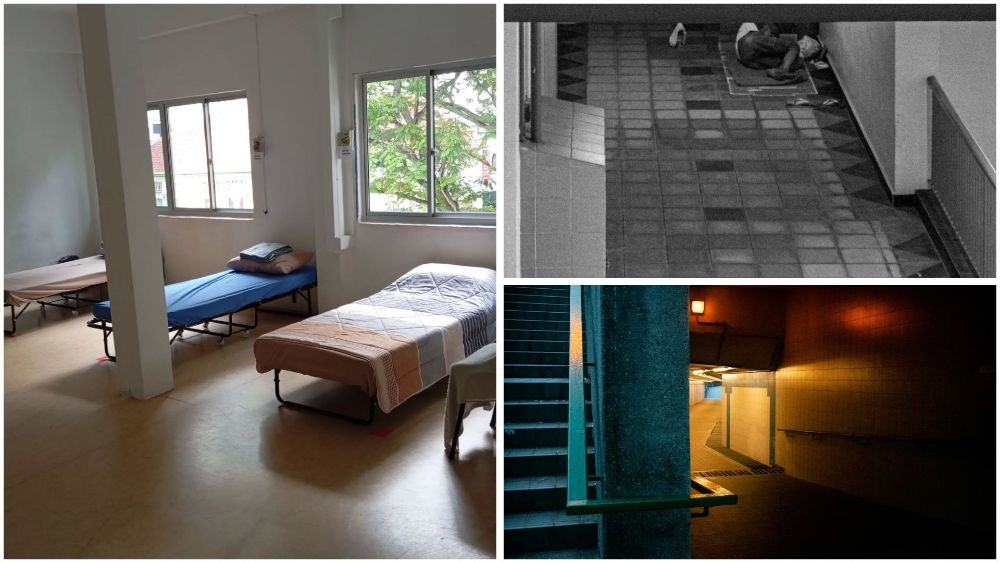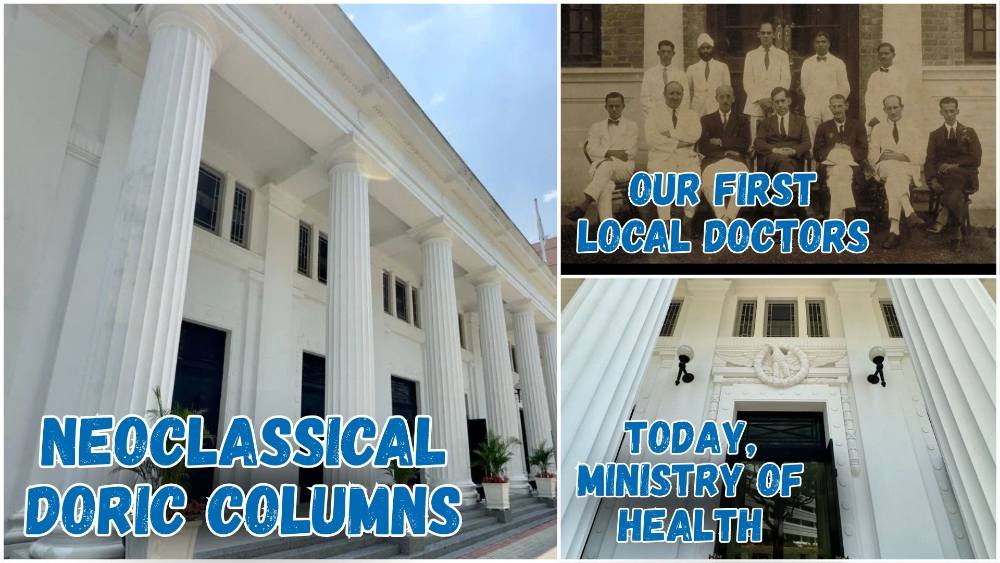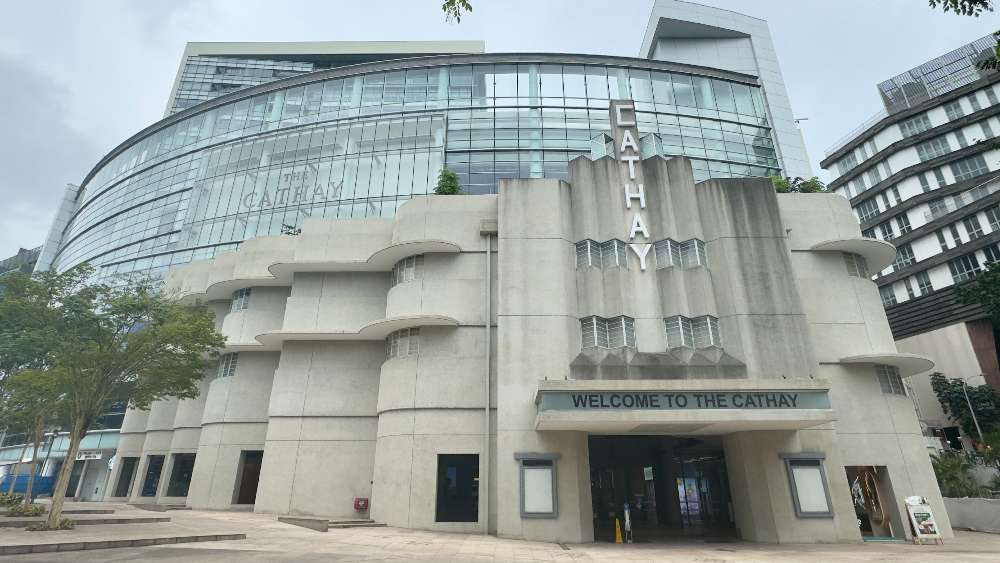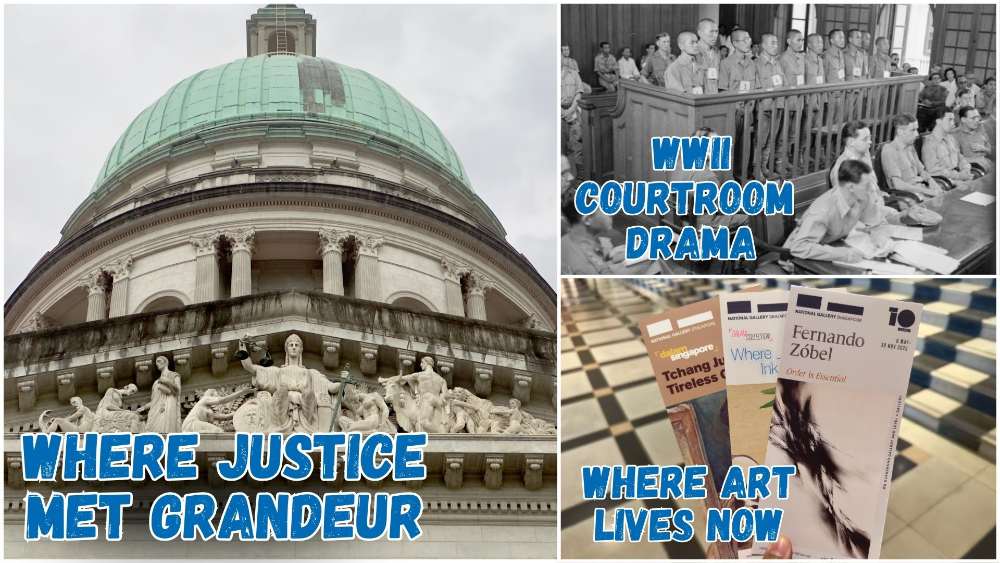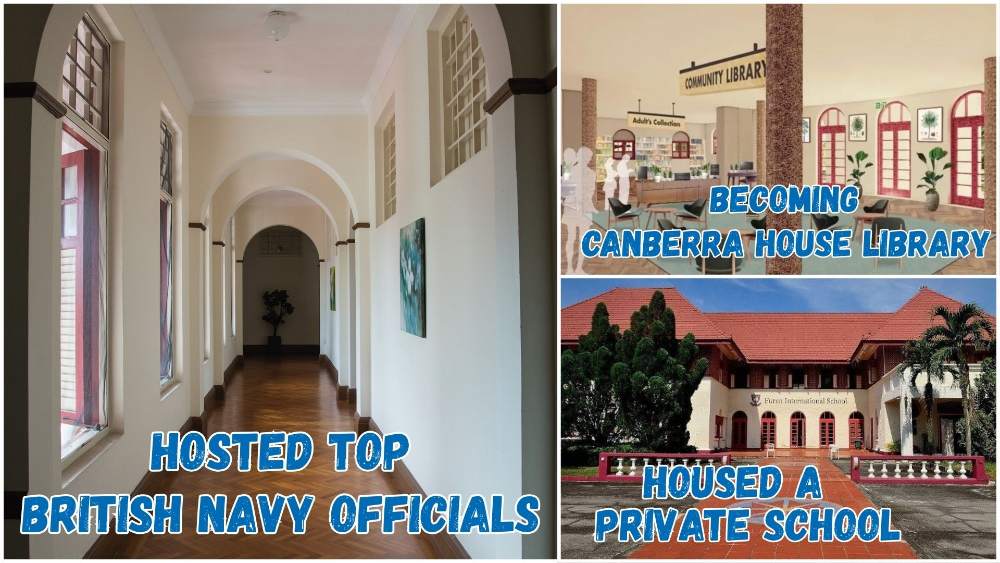Singapore’s First Skyscraper Had A Secret Radar And A Penthouse With A Sea View
What is a National Monument? Who gazettes them? How many national monuments are there in Singapore? To date, the Preservation of Sites and Monuments, a division of National Heritage Board, has identified and gazetted 75 buildings, structures and sites of national significance as an integral part of Singapore’s built heritage.
And we're here to tell you all about them - one National Monument at a time!
You've probably passed by or stepped into more than a few of them without realising they were National Monuments: Al-Abrar Mosque, Asian Civilisations Museum, the Civilian War Memorial, Saint Andrew's Cathedral, the Esplanade Park Memorials, Fort Siloso on Sentosa - no need to plan an itinerary for friends visiting from overseas; just show them this article ✌️
In this edition, we zoom in on Singapore's first skyscraper and first air-conditioned cinema, The Cathay.
📍 Location
The Cathay was the 48th building to be gazetted as a National Monument, and is located near other National Monuments such as MacDonald House, National Museum and Maghain Aboth Synagogue. The MRT stations nearest to it are Dhoby Ghaut, Bencoolen and Bras Basah.
📅 Significant dates
Dates built:
- 1937-1941: Cathay Building was built
- 3 Oct 1939: Cathay Cinema, located in the front block of Cathay Building, was completed
- 1940: Cathay Restaurant, situated on the fourth floor of Cathay Building, was opened
- Aug 1941: The main tower of Cathay Building, the residential block, was constructed atop the cinema and restaurant
- 9 Jan 1954: Cathay Hotel began operations
- 30 Jun 2000-2006: The cinemas in Cathay Building closed for redevelopment, reopening as a shopping mall with an eight-hall multiplex
Milestones:
- 3 Oct 1939: Cathay Cinema screened its opening film, "Four Feathers" by Zoltan Korda
- 1941: Cathay Building was leased to the colonial government and the Malayan Broadcasting Corporation
- 1942: The Japanese took over Cathay Building and renamed it "Daitoa Gekijo" (Greater Eastern Asian Theatre)
- Nov 1945-Nov 1946: Cathay Building became the headquarters for Admiral Louis Mountbatten, Supreme Allied Commander of Southeast Asia (SACSEA)
- Feb 1949: Cathay Organisation regained control of Cathay Building
- 9 Jan 1954: Cathay Hotel began operations
- 30 Dec 1970: Cathay Hotel closed
- Jul 1974: The hotel space was turned into office premises
- 1991: Cathay Cinema expanded from a single-screen to a multiplex
- 24 Mar 2006: Cathay Building was reopened as The Cathay
- 26 Jun 2022: Cathay Cineplex ceased operations
Date gazetted:
- 10 Feb 2003
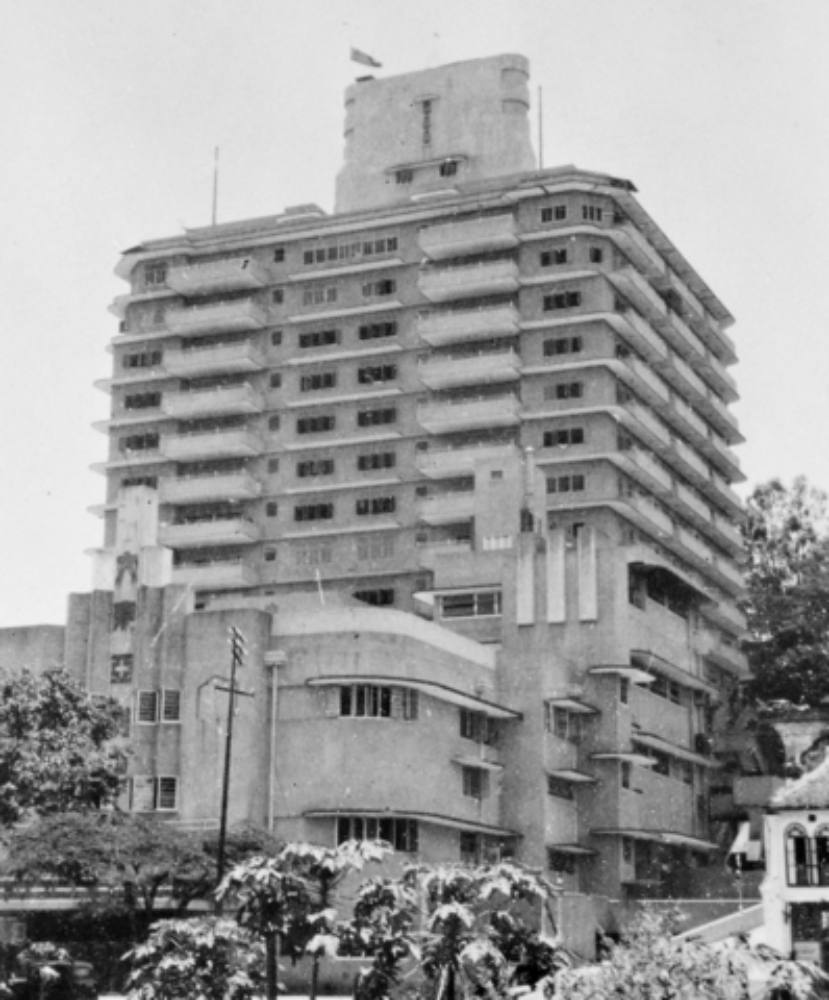 Cathay Building circa 1945. |IMAGE: WIKIMEDIA COMMONS
Cathay Building circa 1945. |IMAGE: WIKIMEDIA COMMONS
📜 History
The Cathay was formerly known as Cathay Building. The founders of Cathay Organisation, Loke Yew (a successful businesswoman and philanthropist) and her son, Loke Wan Tho, spearheaded and funded the construction of Cathay Building. In 1937, land was cleared at the foot of Mount Sophia located in Dhoby Ghaut for the project. On 3 Oct 1939, the first part of Cathay Building was completed – Cathay Cinema.
The 1,321-seater Cathay Cinema not only boasted opulent settings (black marble pillars, green-tiled floors, and gold ceilings), but was also the first fully air-conditioned cinema in Singapore.
Soon after, Cathay Restaurant (located on the fourth floor) followed in 1940, as well as the final main tower (a 10-storey residential block that featured 80 apartments) in Aug 1941.
When the full 16-storey Cathay Building was completed in 1941, it became British Malaya’s inaugural skyscraper at a height of 87m (from street level to the highest point), towering over the finished Supreme Court by almost 15m.
The building’s top level also featured a magnificent double-storey penthouse with a view of the Straits of Johor, and served as the private residence of the Lokes.
When the Second World War erupted in Europe in 1939, Cathay Cinema began screening films to raise funds for British war efforts. As the conflict neared Singapore, Cathay Building was commandeered by the British Administration and military.
Apart from being home to Cathay Cinema, the main building accommodated various offices and agencies of the British Administration, including the Malayan Broadcasting Corporation. A top-secret radar system was also installed to coordinate radar traffic from different air bases around Singapore.
Renowned for its sturdy construction, Cathay Building served as a refuge for civilians during Japanese air raids. On 15 Feb 1942, as part of the terms of surrender, the British were instructed to raise both a Japanese flag and a white flag atop Cathay Building for 10 minutes.
Throughout the Japanese Occupation from 1942 to 1945, the building housed the Japanese Military Administration's broadcast station and propaganda office known as Sendenhan. Cathay Building was also renamed Daitoa Gejiko (Greater East Asian Theatre), where the cinema continued to screen Japanese and pro-Japanese propaganda films.
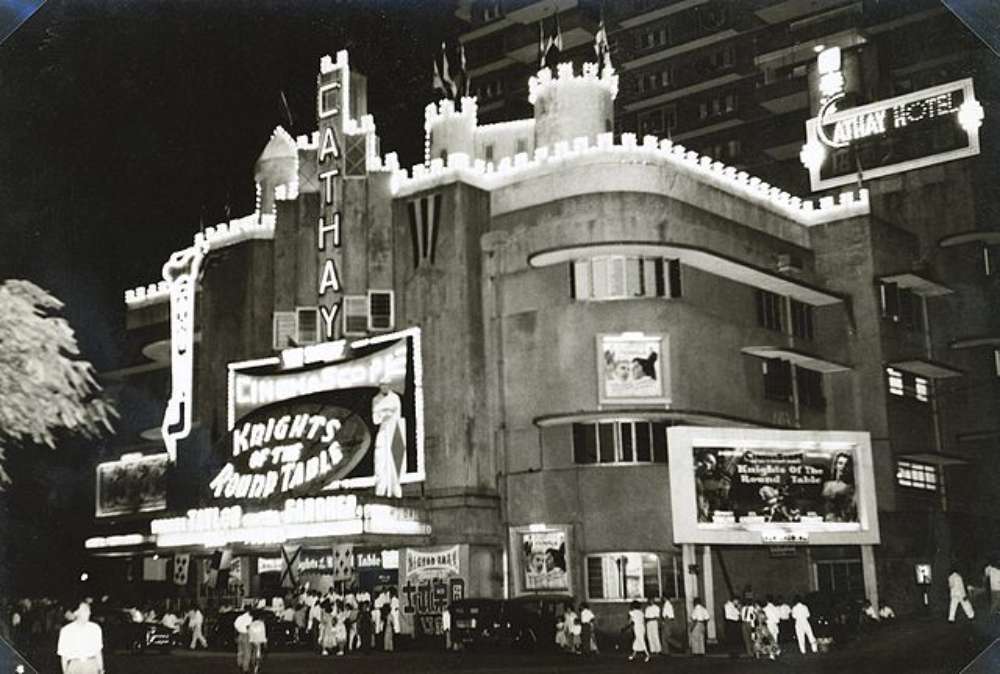 Cathay Building, comprising a hotel and a cinema, circa 1954. |IMAGE: WIKIMEDIA COMMONS/@POWERHOUSE MUSEUM
Cathay Building, comprising a hotel and a cinema, circa 1954. |IMAGE: WIKIMEDIA COMMONS/@POWERHOUSE MUSEUM
Following the war, the British Administration reclaimed Cathay Building, which then served as the headquarters for Supreme Allied Commander of Southeast Asia, Lord Louis Mountbatten. Later on, he officially accepted the Japanese surrender at the Municipal Building. Eventually, the property ownership reverted to Loke Wan Tho, and underwent a conversion into a hotel and a cinema.
Cathay Building saw various developments throughout the 1960s to the 1990s, before closing on 30 Jun 2000 for a multimillion redevelopment.
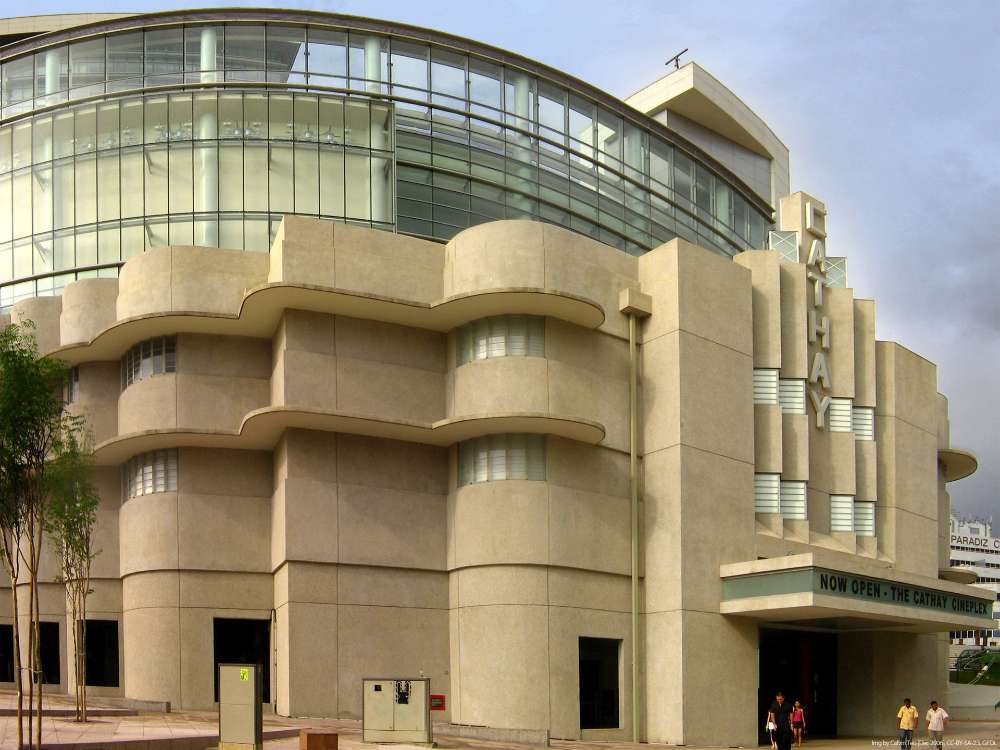 The Cathay circa 2006. | IMAGE: WIKIMEDIA COMMONS/@CALVIN TEO
The Cathay circa 2006. | IMAGE: WIKIMEDIA COMMONS/@CALVIN TEO
On 24 Mar 2006, Cathay Building reopened its doors as The Cathay. The well-known Japanese architect Paul Tange of Tange Associates was in-charge of the new design. Most notably, it incorporated the original brown-tiled facade into the modern glass exterior.
The complex now boasted a vibrant shopping mall alongside a multiplex featuring the Grand Cathay (the largest hall) and Picturehouse theatres. Additionally, the second floor hosted the Cathay Gallery, which offered insights into the rich history of the building and the esteemed Loke family. The rest of the building was a residential block.
📐 Design and architecture
Cathay Building was designed by Frank W. Brewer in the Art Deco style (short for the French Arts décoratifs), a popular design style of the 1920s and 30s. The style was also widespread in Singapore at the time - buildings like the Former Tanjong Pagar Railway Station and the Former Ford Factory were also designed in the Art Deco style.
Fun fact: Although Cathay Building measured 87m from street level to its peak (and was deemed the tallest building in the Lion City when it was completed), the actual height of the building was 70m after discounting the height of the slope at the back of the building 🤭
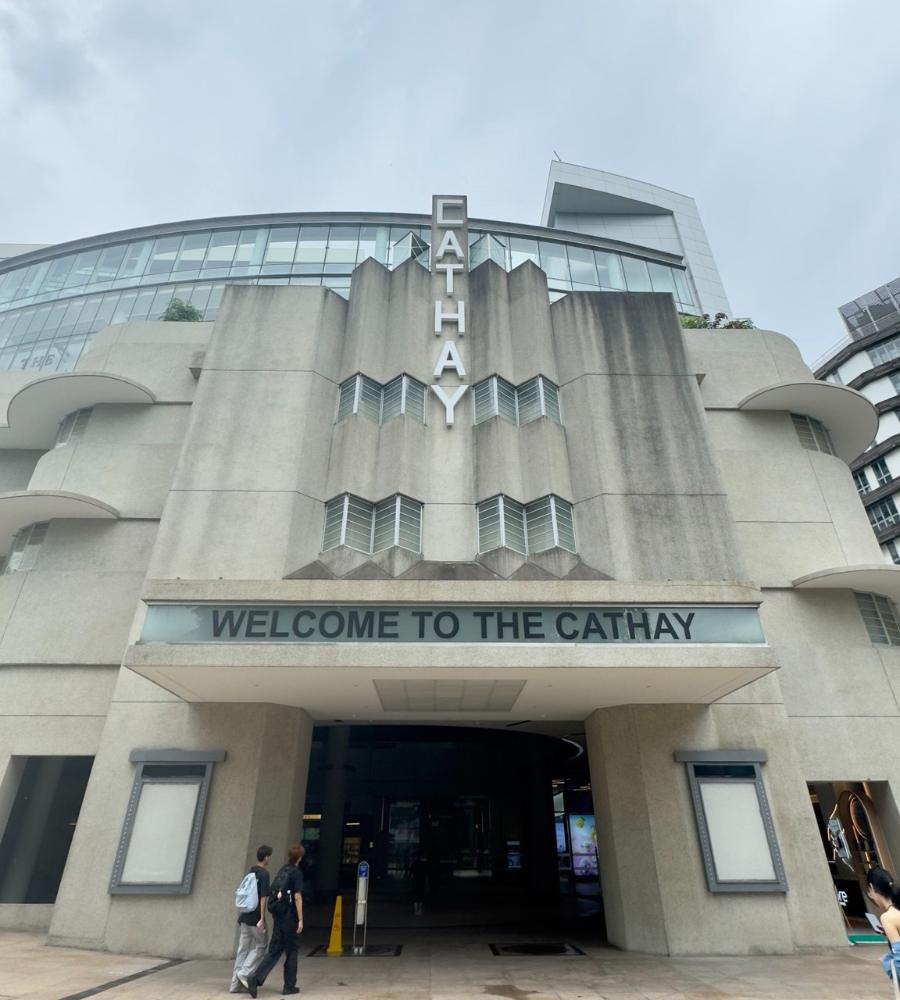 IMAGE: NG KAI
IMAGE: NG KAI
Today, only the front of the original building remains. It clearly displays characteristics of the Art Deco style, such as the geometric forms and patterns seen in the rounded and stepped walls. One notable and iconic feature of the former Cathay Building is its large vertical signage bearing the name "Cathay". The rest of the building has been replaced by a contemporary glass-clad structure.
What's in the refurbished mall?
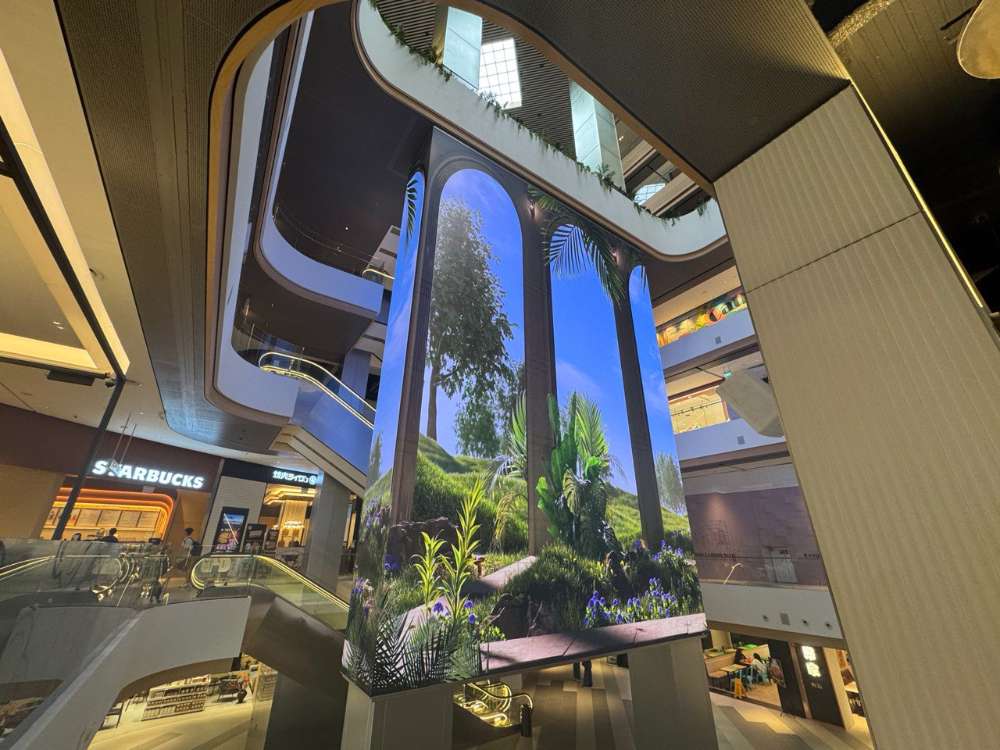 A soaring 360° Multimedia Tower inside of The Cathay greets you when you enter the mall. | IMAGE: NG KAI
A soaring 360° Multimedia Tower inside of The Cathay greets you when you enter the mall. | IMAGE: NG KAI
After The Cathay closed temporarily in 2023 for renovation works, it finally reopened in late March 2025. And the glow-up is *chef's kiss*. Here are some things that caught our attention:
1. A 360° Multimedia Tower
Right in the centre of the mall’s atrium, this towering structure stretches across three storeys. From time to time, you’ll hear the deep, echoing call of a whale gliding through virtual clouds (certainly an interesting auditory experience for shoppers or diners at the mall).
 IMAGE: NG KAI
IMAGE: NG KAI
In front of the 360° Multimedia Tower, you’ll find wide wooden steps that double as ample seating – perfect for taking a break or enjoying your dabao meal.
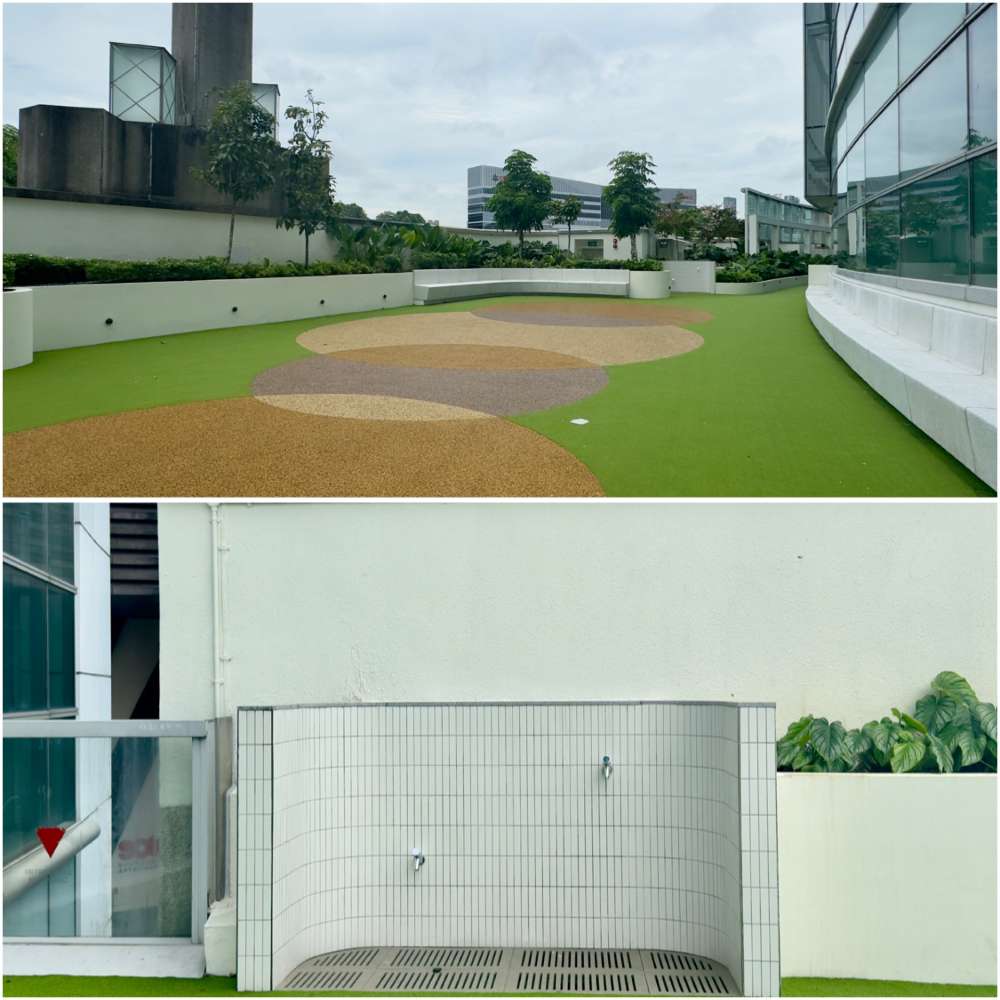 IMAGES: NG KAI
IMAGES: NG KAI
2. Sky Garden
Make your way to the Sky Garden on Level 4 for a breath of fresh air. This cosy, pet-friendly outdoor space comes with seating where you can relax while your furry companions roam freely. There are also water taps (shown above) at both ends in case you need to give your pets a quick rinse.
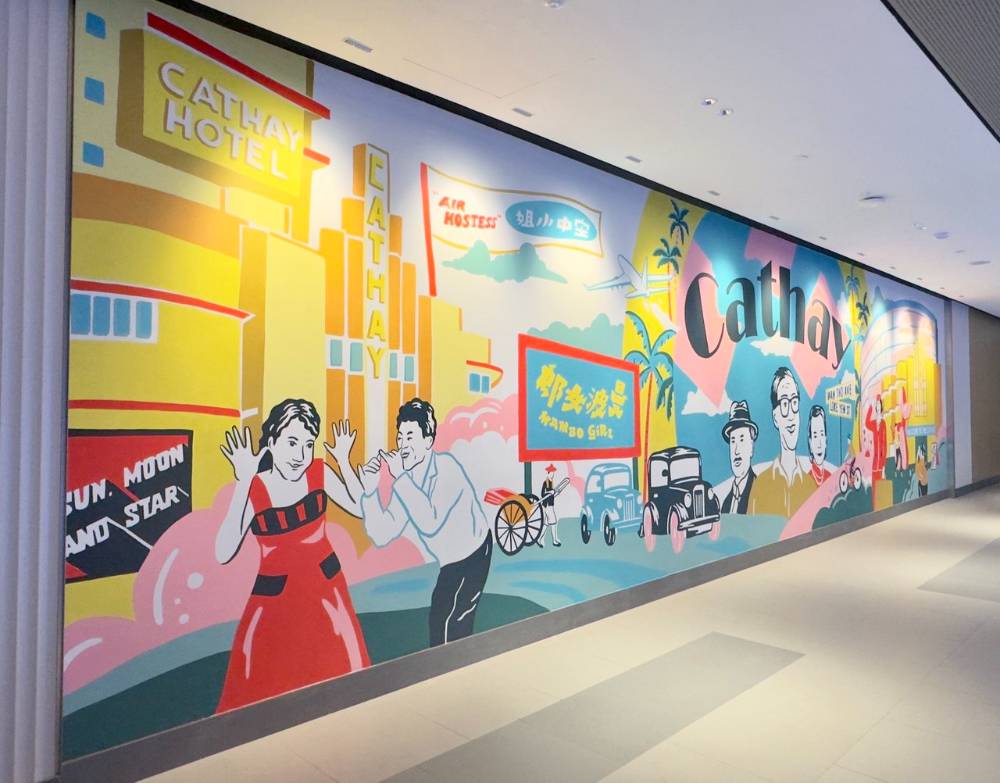 IMAGE: NG KAI
IMAGE: NG KAI
3. Mural
We were taken by the charming 12m-long mural on Level 3 – a great photo spot that traces The Cathay’s rich history, from its 1930s beginnings to its days as a hotel and cinema.
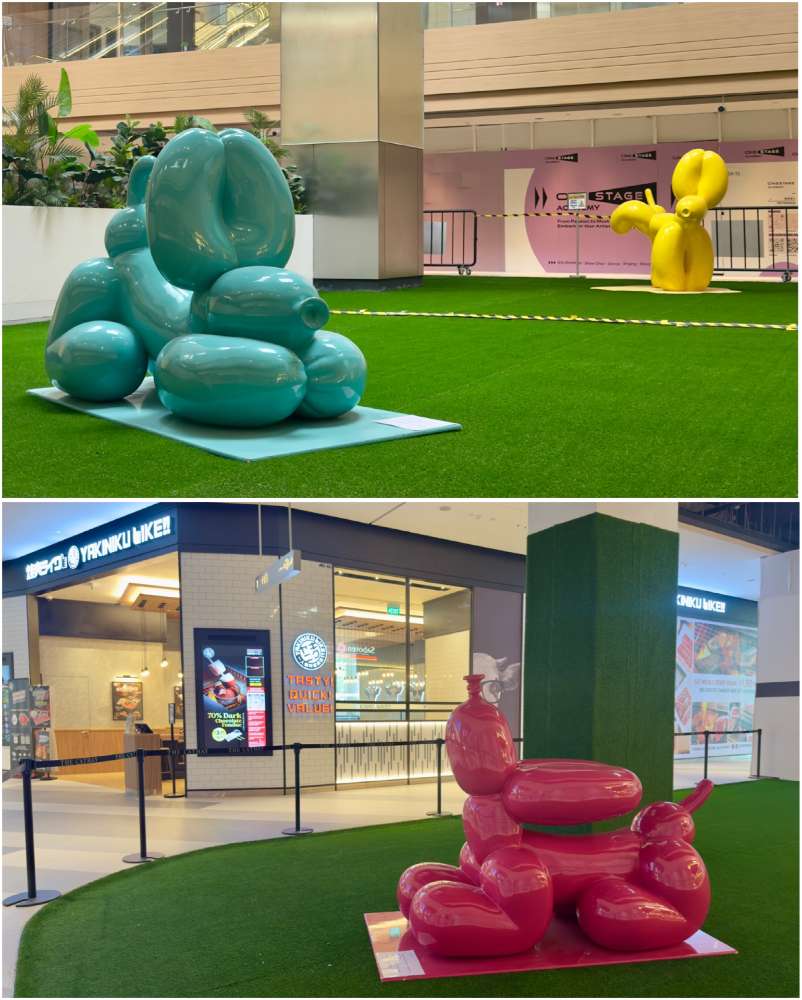 IMAGES: NG KAI
IMAGES: NG KAI
4. Iconic balloon dog sculptures
Remember the iconic sculptures that used to sit outside the entrance below the "Cathay" sign? They've been moved indoors, and you can find the red one on Level 1 outside of Yakiniku Like!, and the rest on Level 4.
🎟️ Admission
Entry is free.
🕖 Opening hours
Regular visiting hours are daily from 10.30am to 10.30pm. Find out more here.
For the latest updates on Wonderwall.sg, be sure to follow us on TikTok, Telegram, Instagram, and Facebook. If you have a story idea for us, email us at [email protected].

